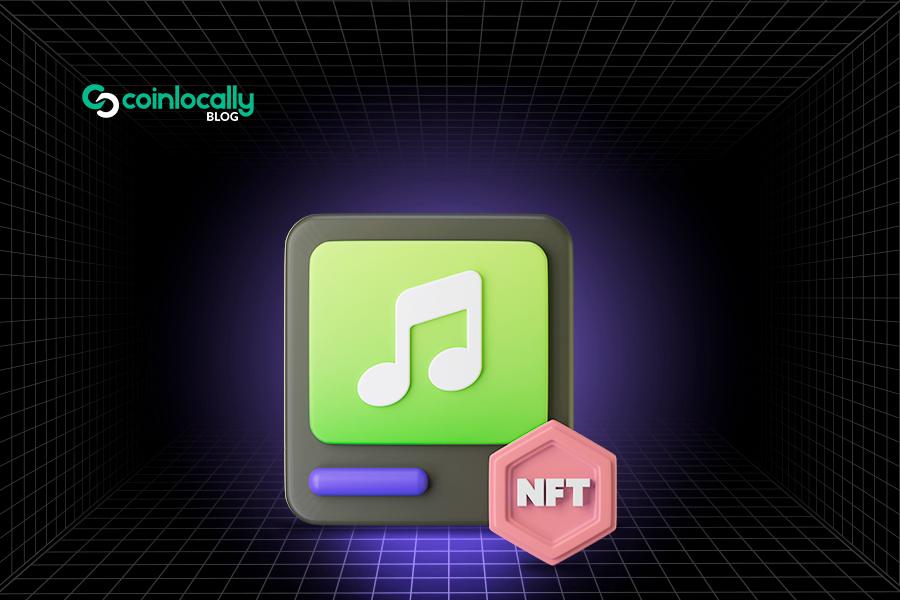FTM is being rebranded and renamed to Sonic, and crypto enthusiasts are now wondering how this change and promised upgrades will impact the token’s price. So, let’s review the event and FTM-to-Sonic price prediction to see how the token may perform in the coming months.
Table of Contents
What Is the FTM Sonic Upgrade About, and Is FTM Now Sonic?
The Fantom Sonic upgrade transitions the Fantom blockchain to a new, more efficient network called Sonic. It will transform the Fantom network into a next-generation blockchain that handles over10,0000 transactions per second (TPS) with sub-second transaction finality. The upgrade will also reduce storage needs by up to 90 %.
The main aspects of this upgrade include:
- Increasing scalability to provide faster transactions.
- Improving interoperability to transition FTM tokens to Sonic tokens seamlessly. FTM holders can exchange their tokens 1:1 for Sonic tokens (S), meaning 1 FTM = 1 S.
- The Sonic network introduces new governance capabilities using the S token.
The upgrade assures that the Fantom Opera network stays functional while allowing users to migrate to Sonic gradually.
Extra context: Beyond raw throughput, Sonic will rely on an enhanced asynchronous Byzantine Fault Tolerant consensus dubbed SonicBFT, a refined version of Lachesis that reduces network overhead and accelerates block-finality. Developers also plan to prune historical data with a checkpoint system, cutting archival bloat and easing node requirements. This makes running a validator or light node more affordable, opening the door to greater geographic decentralisation. For everyday users, the upgrade should feel invisible—transactions clear in under a second, and dApps no longer need to worry about network congestion during peak DeFi activity.

When Will Fantom Migrate to Sonic Network?
The Fantom Sonic upgrade was scheduled for late 2024, around December. By early 2025, the migration process should be fully operational, allowing users to exchange FTM for Sonic (S) tokens using a dedicated web interface.
Extra context: Migration will roll out in phases. Phase 1 opened the canonical bridge for holders who self-custody. Phase 2 (Q1 2025) on-boards major exchanges so that balances are swapped automatically for custodial users. Phase 3 introduces liquidity incentives on Sonic-native DEXs, encouraging DeFi protocols to shift TVL. Throughout all phases, Fantom Opera will run in parallel, giving dApps ample time to redeploy and audit contracts before cutting over completely.
Will the FTM-to-Sonic Rebrand Affect Price Performance?
Although renaming a project can generate hype and attention, causing a price increase in the short term, the project’s performance and adoption determine its long-term growth.
The price of FTM currently fluctuates between $0.80 and $1. FTM-to-Sonic price prediction can include three main scenarios:
-
Bullish Scenario: If Sonic can gain community support and investor attention after the transition, its price can rise to $2.5–$5 within 6–12 months.
-
Average Scenario: If Sonic doesn’t gain significant attention, its price may revolve around $1–$2.
-
Bearish Scenario: If Sonic faces delays, technical issues, or low adoption, its price can fall to $0.20–$0.35.
Extra context: Market sentiment will also be shaped by macro factors such as Bitcoin dominance, interest-rate expectations, and overall risk appetite. Tokenomics matter too: the existing FTM supply (≈2.8 billion) migrates 1 : 1, but the foundation has hinted at a dynamic burn mechanism tied to gas rebates on Sonic, potentially reducing circulating supply over time. If implemented, a predictable burn schedule could mimic the “fee-burn” narrative that helped Ethereum after EIP-1559, underpinning long-term price appreciation.
Sonic Token Price Predictions After FTM Rebrand
Sonic (S) is the primary token to upgrade the Fantom network. Its price performance can follow three scenarios:
- In the Best-Case Scenario, the price of the S token can start at $0.50 and rise to $1.00 within months of launch.
- If the token follows a constant growth, it may reach $0.40–$0.60.
- In the worst-case scenario, if things don’t go as planned, Sonic’s trading price could fall to $0.20–$0.30.
Extra context: Early liquidity programs will matter. The foundation has earmarked up to $50 million in S incentives for DEX pools and lending protocols that port over. A vibrant DeFi stack—perpetual futures, money markets, liquid staking—could give S a substantial utility premium. Conversely, if dApp migration lags or cross-chain bridges fragment liquidity, S could trade at a discount to comparable L1 tokens.
Is FTM Now Sonic? Final Thoughts and Key Takeaways
FTM-to-Sonic price prediction shows that the Fantom Sonic upgrade can be a significant milestone for the Fantom ecosystem, which may lead to technical and economic growth.
While the exact impact on prices depends on the adoption of the token and the project’s performance, FTM and Sonic tokens seem to have long-term value for investors.
Although it seems like a worthy transition, it is wise to monitor market changes closely, study patterns, set realistic strategies, and consult crypto experts to make informed investment decisions.
Actionable tip: If you plan to hold through the migration, consider delegating your Sonic tokens to a validator to earn staking rewards immediately after swap completion. Staking supports network security and can offset short-term volatility while liquidity on centralised exchanges deepens.

![FTM to Sonic Price Prediction After Upgrade [All Possible Scenarios]](https://blog.coinlocally.com/wp-content/uploads/2025/01/FTM-to-Sonic-Price-Prediction-After-Upgrade-All-Possible-Scenarios-Custom-1.jpeg)


